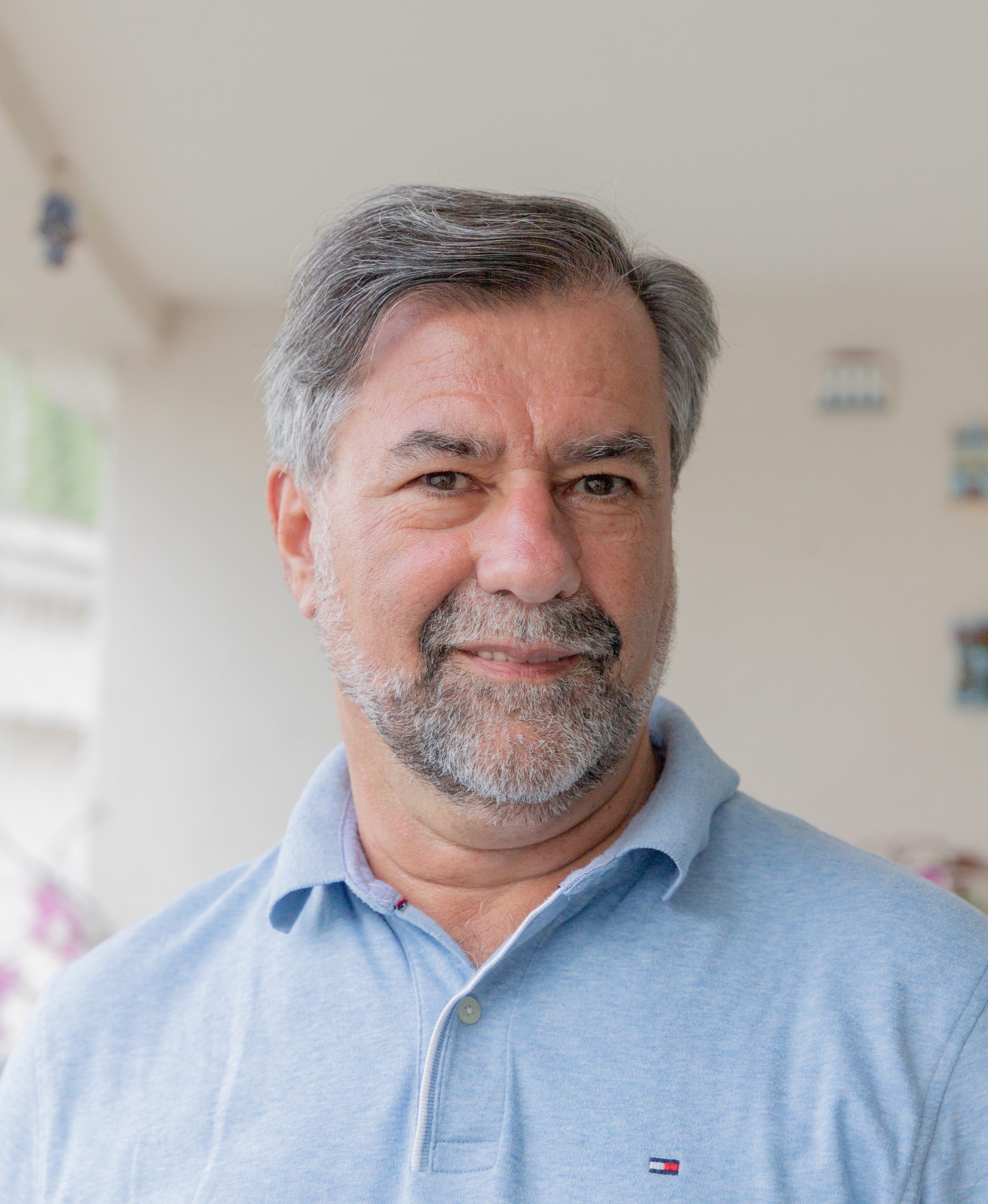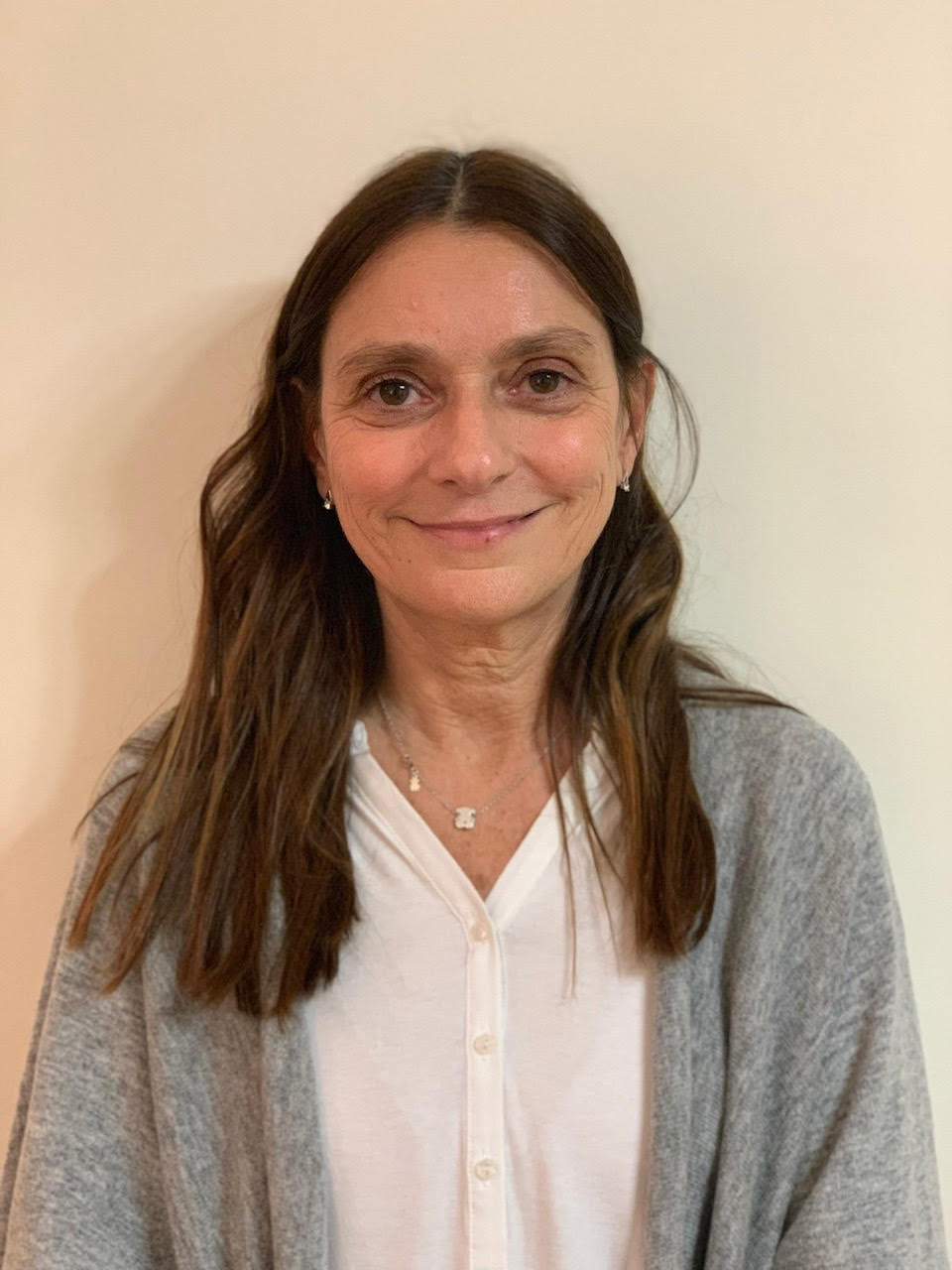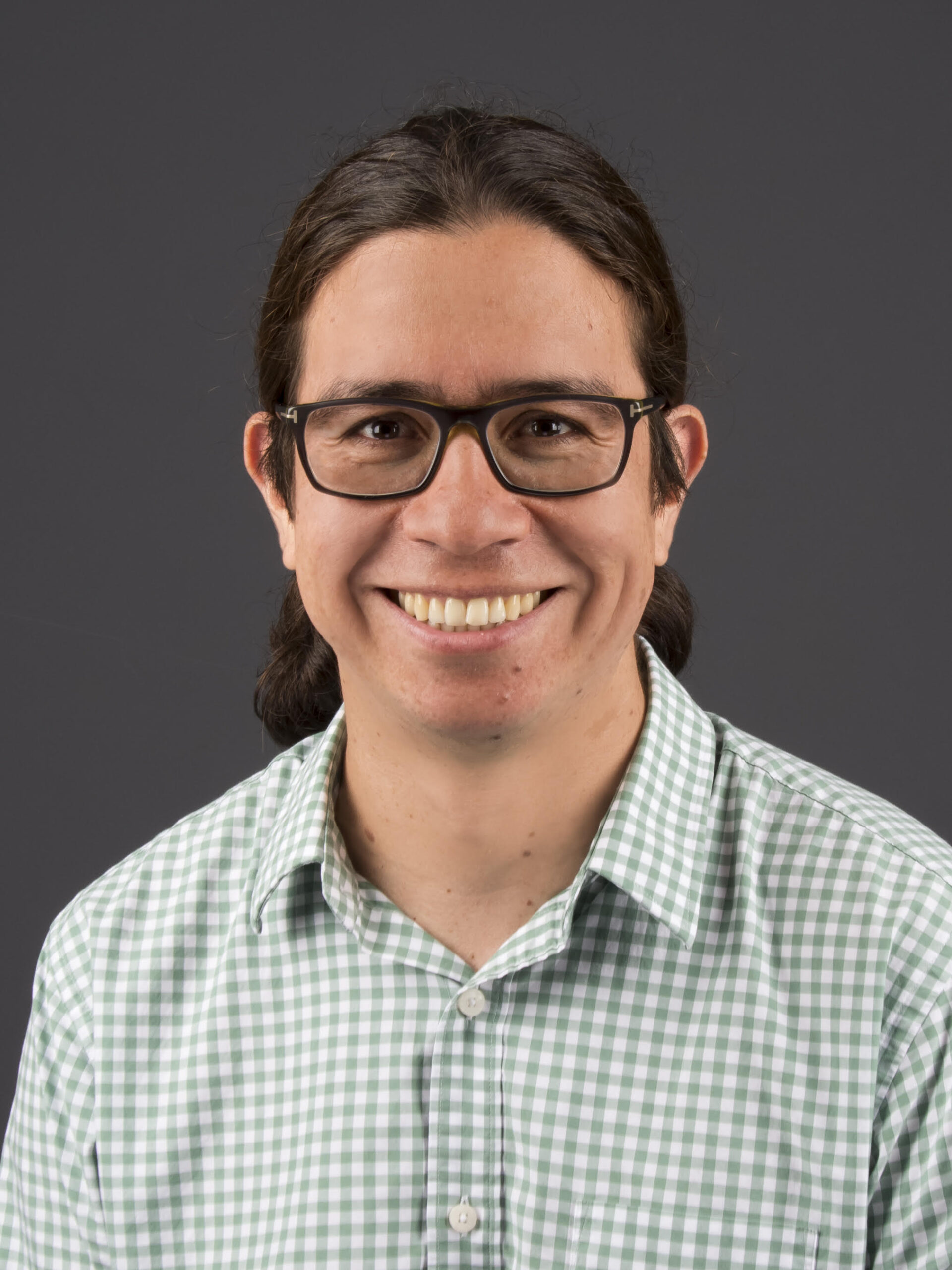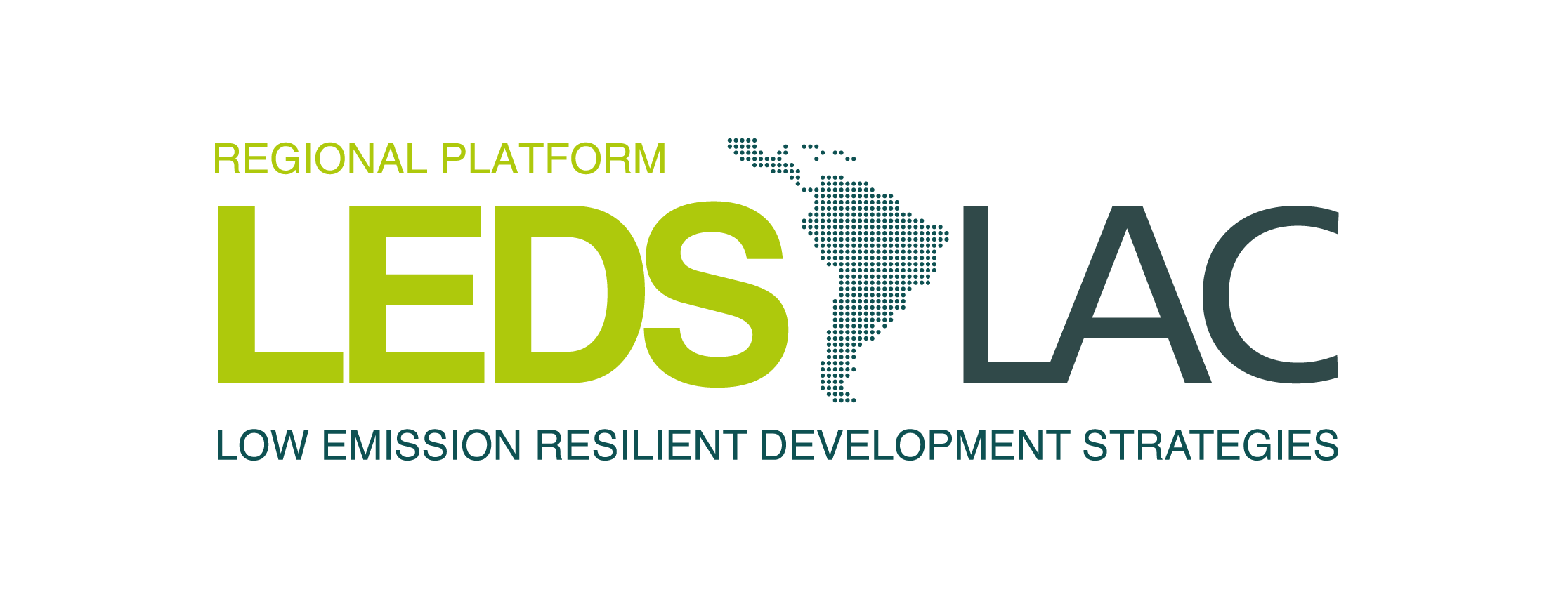Agenda
Introduction. Eduardo José Sánchez Sierra. Secretariat Coordinator, LEDS LAC Platform.
The role of Solar Radiation Modification (SRM) in mitigating the effects of climate change. Paulo Artaxo. Full Professor of Physics, University of Sao Paulo.
Research on SRM in Latin America and the Caribbean (LAC). Inés Camilloni. Associate Professor, Department of Atmospheric and Ocean Sciences, University of Buenos Aires, Argentina. | Download presentation
Governance gaps, challenges and possible scenarios. Juan Moreno-Cruz. Associate Professor, School of Environment, Enterprise and Development, University of Waterloo, Canada. | Download presentation
About the webinar
The current commitments made in the 2015 Paris Agreement on Climate Change are insufficient to keep global warming "well below" 2°C, and according to the Intergovernmental Panel on Climate Change (IPCC), a much more ambitious target needs to be set. In response, scientists, among others, are considering the feasibility of various solar radiation modification techniques (SRMs). Their goal is to reflect solar radiation (sunlight) back into space or allow more heat to escape from the earth's atmosphere to counteract the effects of climate change.
MRS approaches will not address the causes of climate change and therefore cannot be substitutes for reducing emissions or eliminating carbon dioxide (CO2) of the atmosphere. At best, they would allow us to "buy time" while essential measures are accelerated. However, the international community does not yet have sufficient knowledge about the risks, potential costs and benefits, or governance requirements, to understand whether MRS technologies might be feasible or, if so, if, when or how to implement them.
In this context, the webinar will present the principles of stratospheric aerosol injection and marine cloud glow, two of the main approaches to SRM. During the discussion, we will address the potential benefits and risks of SRM and governance challenges, and present findings from an ongoing research on the hydrological impacts of SRM in the La Plata Basin.
The webinar will be conducted in Spanish and English. Simultaneous translation will be provided. If you have any questions about this event, please contact the LEDS LAC Platform Secretariat: [email protected].
About the panelists

Paulo Artaxo
Paulo Artaxo is one of the most influential and internationally cited Brazilian scientists. He is one of the main authors of several IPCC reports (AR4, AR5, AR6, Land Report). He has an extensive track record as a researcher and is a member of several global scientific networks. He has been awarded by the World Academy of Sciences and with the title of Doctor Honoris Causa of the University of Stockholm. He is also a full professor at the University of Sao Paulo and a member of the Brazilian Academy of Sciences.

Inés Camilloni
Dr. Inés Camilloni is lead author of the chapter on Impacts of 1.5 °C global warming on natural and human systems of the IPCC Special Report on Global Warming of 1.5 ° C (SR15) and of the chapter on Near-term climate change: projections and predictability of the IPCC Fifth Assessment Report. She is a professor in the Department of Atmospheric and Oceanic Sciences at the University of Buenos Aires and principal investigator of the Center for Atmospheric and Oceanic Research (CIMA). She has participated, led and coordinated several recognized national and international research projects related to climate variability and change.

Juan Moreno-Cruz
Associate Professor at the School of Environment, Enterprise and Development and the Research Chair in Energy Transitions at the University of Waterloo, Canada. He is also a research affiliate of CESifo. Prior to his current position, he was an Associate Professor in the School of Economics at the Georgia Institute of Technology (2011-2017). He has also been a Visiting Research Fellow in the Department of Global Ecology at the Carnegie Institution for Science at Stanford University (since 2015); a consultant to Carnegie Energy Innovation (since 2017); and a Research Associate in the Solar Geoengineering Research Program at Harvard University.
